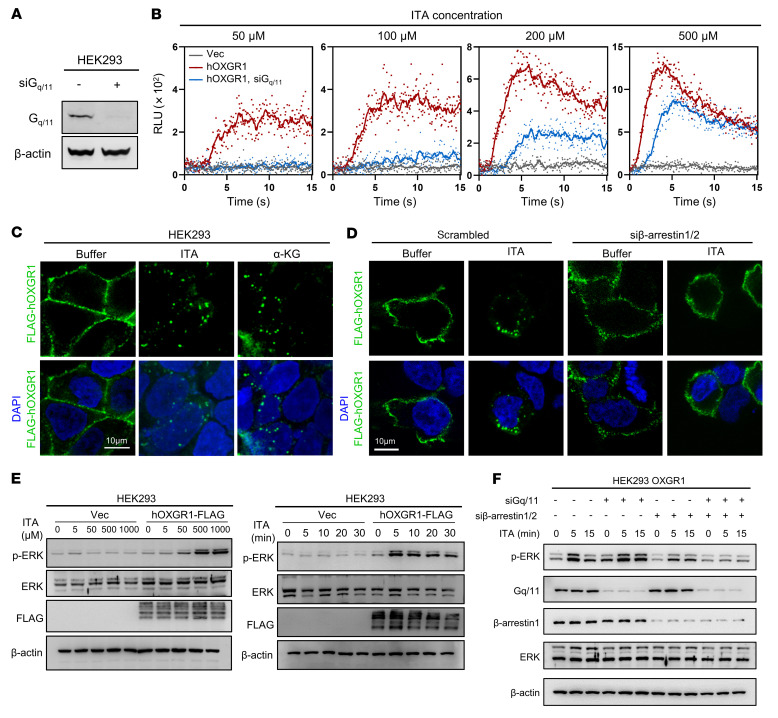Figure 2. ITA acts as an agonist of OXGR1 to stimulate cytosolic calcium, ERK activation, and receptor endocytosis.
(A) Verification of Gq/11 knockdown in HEK293 cells by Western blotting. (B) Aequorin assay showing calcium mobilization by different concentrations of ITA in cells expressing human OXGR1 with or without siRNAs targeting Gq/11. (C) ITA and α-KG induced endocytosis of FLAG-tagged OXGR1, which was detected using anti-FLAG antibody. Nuclei were stained with DAPI. Scale bar: 10 μm. (D) Endocytosis of FLAG-tagged OXGR1 induced by ITA with or without siRNAs targeting β-arrestin 1/2 was detected by anti-FLAG antibody. Nuclei were stained with DAPI. Scale bar: 10 μm. (E) Serum-starved cells were stimulated with different concentrations of ITA (from 5 μM to 1 mM) for 15 minutes (left), or 500 μM ITA for different durations (from 5 to 30 minutes) (right). Cells were harvested, and p-ERK was determined by Western blotting. (F) Serum-starved cells expressing human OXGR1 transfected with siRNAs targeting Gq/11 and β-arrestin 1/2 were stimulated with 500 μM ITA for the indicated durations. Cells were harvested, and p-ERK levels were determined by Western blotting.

